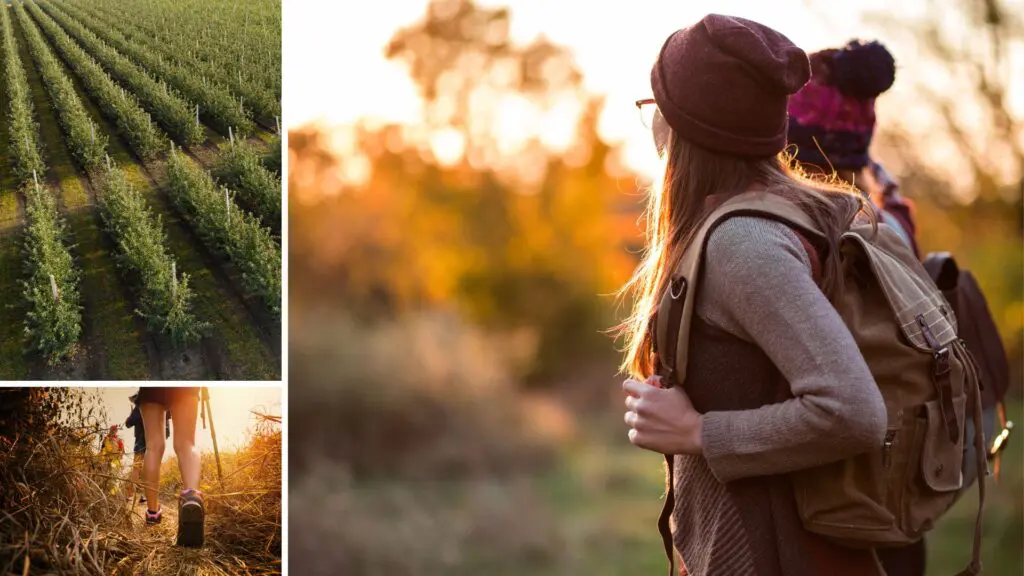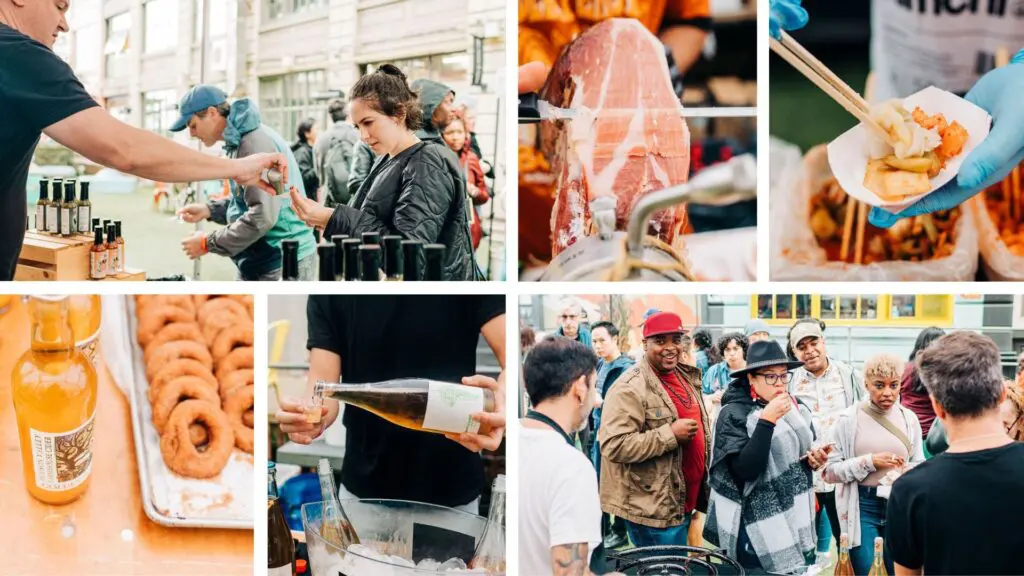Wisps of cool gray mist wreath the gothic bell tower of Troyes’ Cathedral and, though spring is not far off, a wintery breeze ruffles the blossoms on the early-blooming plums, scattering their petals like snow. March is perhaps not the loveliest month to visit this part of France, but the warmth of the experience more than makes up for the gray skies.
We are in the Pays d’Othe, southeast of Paris in the region of Aube nestled next to Champagne and Chablis. Even in France, the Pays d’Othe is not as well known as Normandy or Brittany despite the fact that cider has been made here since the Middle Ages. Most commercial production fell away after World War II, though cider never truly disappeared. Where there are apples, there is cider, so farmers continued tending their small orchards, making cider for themselves and their friends. A new generation of young commercial producers appeared a little over a decade ago and are now set to take on the wider cider world.
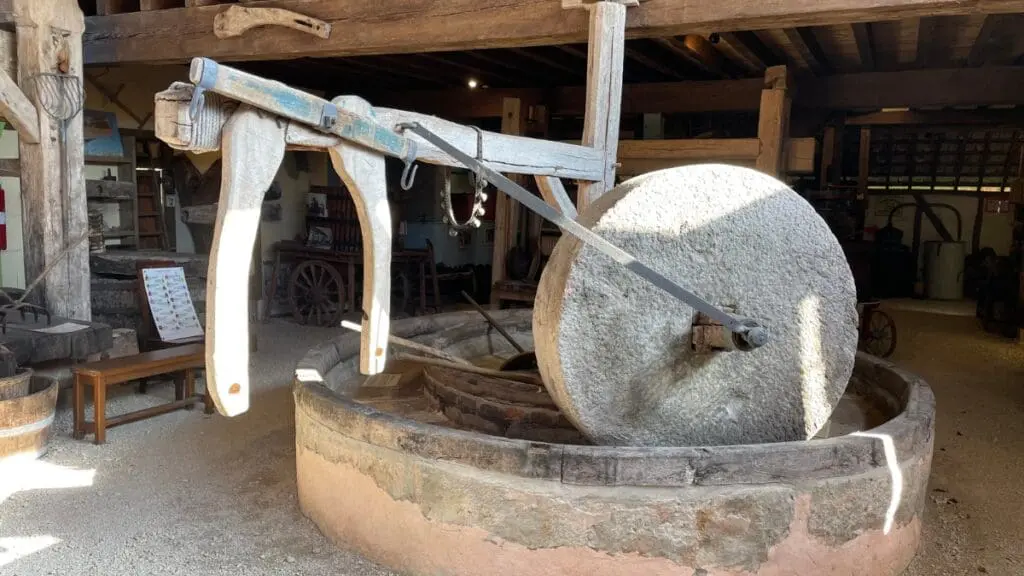
The ancient city of Troyes is a perfect jumping off point to explore the ciders of the Pays d’Othe. It is easy to get to from Paris, just an hour-and-a-half by train, and large enough to be a “real” city (around 61,000 inhabitants) and yet compact. The streets at the city’s center give the visitor clues to its long history. They are lined with 16th century half-timbered buildings, sometimes intermixed with newer structures from subsequent centuries creating an interesting mix of architectures. A focal point is the 13th century gothic cathedral of St. Peter and St. Paul with its brilliant medieval stained glass windows and 19th century bells. A few blocks away is the Marché des Halles, a must have for every French town of any size. Here you can find all manner of regional foodstuffs — produce, baked goods, meat, fish and cheeses, including the local specialty chaource, a tangy bloomy-rind cheese made from raw cow’s milk. It is a perfect place to grab a few things for an al fresco lunch, either in one of the many small parks dotted around the city, or as you head out in search of cider.
With a 15 minute drive south out of Troyes, the signs of city life fall away. The landscape shifts into the low rolling hills of the Pays d’Othe, shallow valleys plowed and ready for the new season’s crops, slopes crowned with timber, the processing of which is the area’s main source of income. Tucked into various corners are eight small cideries, each an easy, picturesque drive from its neighbors. The ciders here are like nothing you’d find in Normandy and Brittany. They are still semi-sweet and profoundly fruity but decidedly bright with acid instead of the tannin we’ve come to believe is the epitome of French traditional cider. The first sip felt like a revelation, an upending of what one thought to be true.
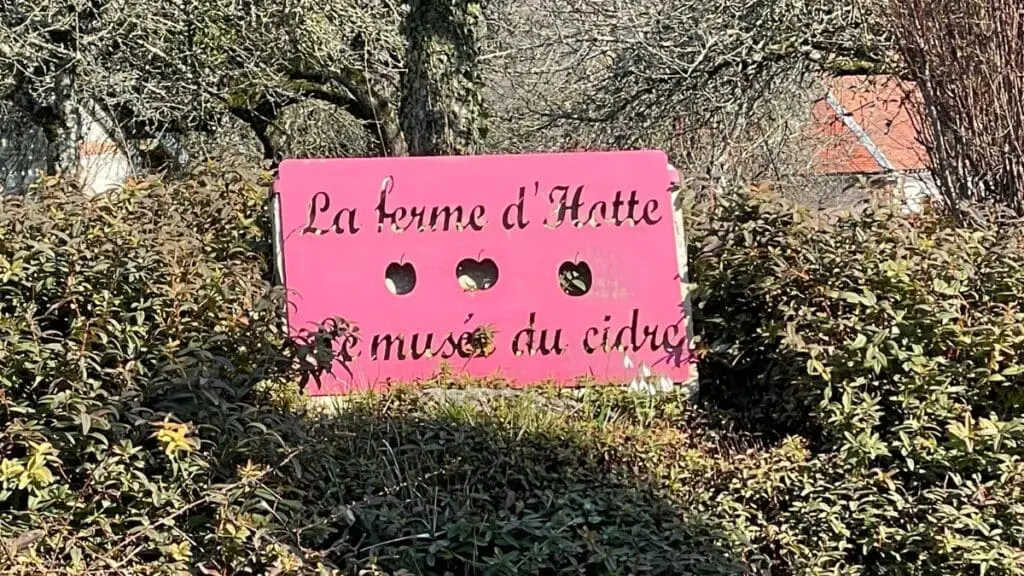
A great place to start your cider adventure is La Ferme d’Hotte, owned and run by the Hotte family. The current generation’s cidermaker, Theo Hotte, is full of passion and enthusiasm, both for his cider and his region, and committed to seeing the cider business grow. The farm has been in the Hotte family for five generations, though converted to grains following World War II. Theo’s father, Gerard, began replanting to apples in the early 1990s using the unique regional varieties that give the ciders of the Pays d’Othe their own particular snappy character — Avrolles, Nez de Chat, Chatagnier Bondon, Jolibois and Petit Jaune, among many others — all of which are more acidic than tannic.
The Hottes are committed to getting as much from their orchards as possible, making a range of full-juice, naturally sweetish ciders in various styles, both still and sparkling, as well as a range of unfermented juices and the local version of pommeau, called ratafia de cidre. The shop and tasting room are open from April through November (check the website for specific hours) as is the museum housed in the same building. There you will find an amazing range of cidermaking and farming equipment, images, and other documents collected by Gerard Hotte over the years, highlighting cider’s long history in the area. The museum and tasting room are also the site of the family’s annual Pressée à L’Ancienne, a day in September when everyone and anyone is invited to come and watch apples being crushed in the historic stone trough and pressed in an old wooden cider press, and to taste the new season’s juices.
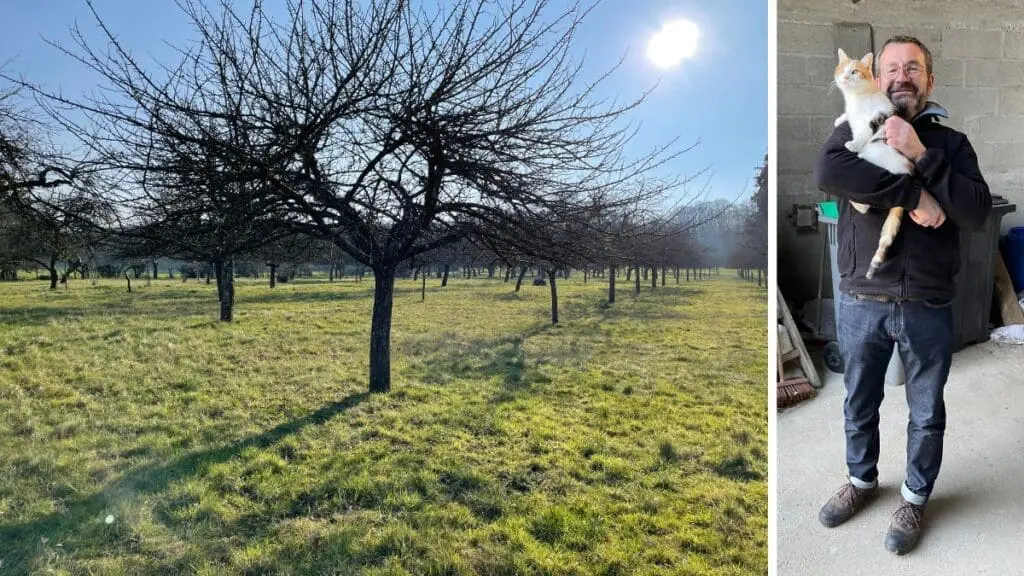
A 20-minute drive westward along a series of two-lane roads bisecting a string of small villages brings you to the village of Aix-Ville-Pâlis and the cidery of Christophe Duminil. Christophe began making cider at the dawn of the millennium using fruit from trees planted by his grandfather, local varieties all. When he eventually needed more fruit, he searched the land around the village for other small orchards, largely abandoned, buying them up and restoring them to productivity. As he shares his story it is obvious that the orchards are his great joy, places that feed his soul. He’s kept his production level small enough that he can give maximum attention to each vintage while still having a steady supply for his loyal, local customers and the many visitors from around the world that find their way to the cidery. And while his tasting room may be small, the reception is warm and his enthusiasm for cider and the people that come to try it is infectious.
The Pays d’Othe is a little known cider gem, but surely not for long. The new generation of cidermakers has banded together to apply for the entry level in France’s system for official protection of unique regional foods, the Indication Geographic Protégée, or IGP, and have started to look at markets in Paris and further afield. It may not be long before the region becomes as famous to cider lovers as its cousins to the west.
A few resources to consult before your visit:
https://tourisme-chaource-othe-armance.com
https://www.aube-champagne.com/en/
http://www.lafermedhotte.com
https://www.aube-champagne.com/en/poi/christophe-duminil/





